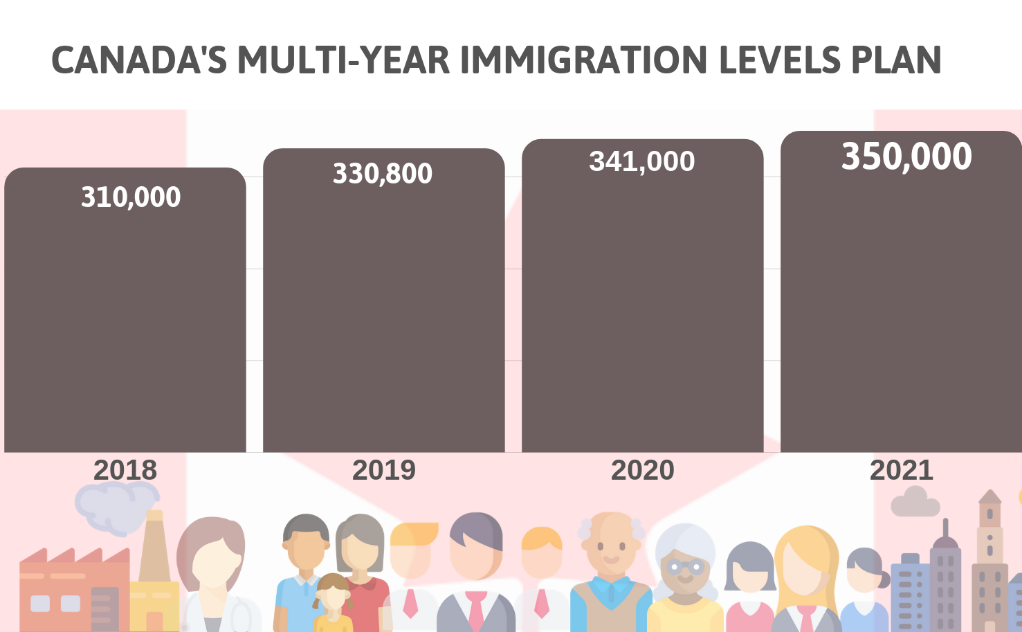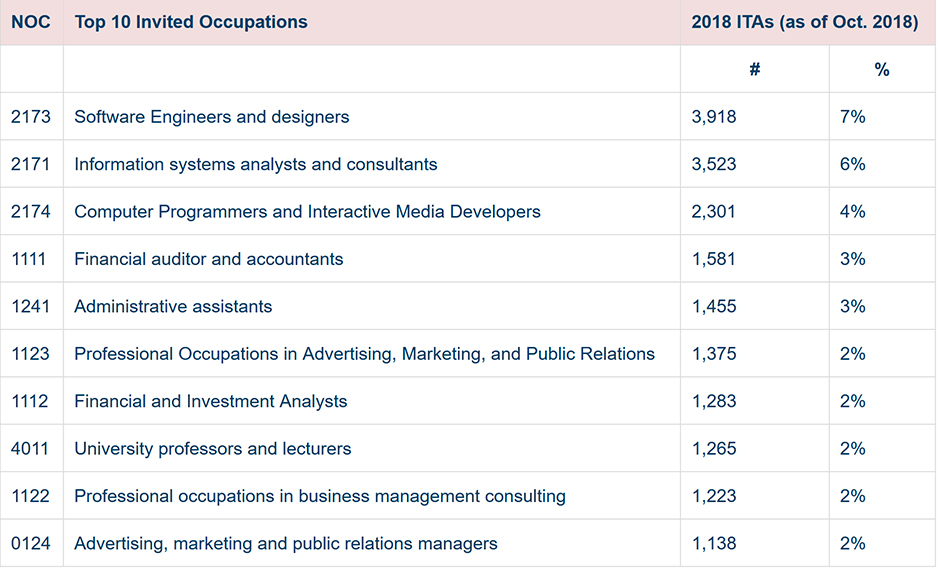Canada’s goal of admitting more than a million new permanent residents by the end of 2021 is gaining new attention internationally.
Recent reports by the BBC, CNN and others have highlighted how the three-year target is setting Canada apart on the global stage. As CNN reported, “Canada’s friendly stance towards new residents comes as many other Western nations, including the United States, are adopting more restrictive immigration policies.”
A New York Times opinion piece took it further, arguing the U.S. should be following Canada’s example and increasing immigration for the sake of its “economic health.”
This rationale lies at the heart of Canada’s drive to raise its immigration levels. In his department’s annual report to Parliament last fall, Canada’s Minister of Immigration, Refugees and Citizenship, Ahmed Hussen, said, “growing immigration levels, particularly in the Economic Class, will help us sustain our labour force, support economic growth and spur innovation.”
Under Canada’s latest three-year immigration levels plan, total immigration is expected to reach 350,000 new permanent residents in the year 2021. This represents an immigration level of nearly one per cent of Canada’s population, which the Conference Board of Canada says must be reached by 2030 to ensure modest population and economic growth.

Nearly 60 per cent of all new permanent residents expected this year are slated to arrive through economic immigration programs. Of these, four programs — the three Federal High Skilled programs managed by Canada’s Express Entry system and the Provincial Nominee Program (PNP) are expected to account for nearly 75 per cent of all economic admissions.
Introduced in 2015, Canada’s Express Entry system is tailored to favour immigration candidates who are young, highly educated, proficient in English or French and have skilled work experience. These are considered the ingredients for achieving success in Canada and maximizing a newcomer’s contribution to the Canadian economy.
Government figures for January to October 2018 show software engineers and designers, information systems analysts and consultants, and computer programmers and interactive media developers leading the list of professionals invited to apply for Canadian permanent residence through Express Entry in 2018.

The following map represent the nomination allocation per province for 2018
Family reunification and refugees
Canada’s three-year plan also calls for increases under its family and refugee and protected person immigration programs, which combined account for around 40 per cent of Canada’s overall immigration targets over the next three years.
Canada has set an overall admissions target for refugees and protected person of 46,450 for 2019, which will grow to 51,700 in 2021.
The federal government calls family reunification a “central pillar of Canada’s immigration program” that “contributes to the economic, social and cultural prosperity of all Canadians.”
Family sponsorship programs for spouses/common-law partners and children as well as parents and grandparents have a target of 88,500 in 2019 and 91,000 in both 2020 and 2021.
“This is good news for both Canadians and anyone who is hoping to make Canada their home because this country’s future depends on immigration.”




